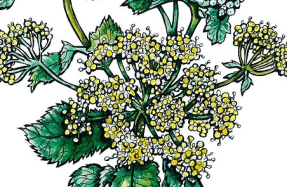‘A perfect paradise’

NICHOLAS CARLISLE, compiler of an early 19th-century topographical dictionary of Wales, observed that Margam ‘is situate very pleasingly under the shelter of a lofty Hill and luxuriant Woods’. Almost 200 years later, visitors to the 850 acres now designated as Margam Country Park will find his description remains perfectly apt.
Nestling below its wooded hill, Margam looks across the broad coastal platform on the east side of Swansea Bay. Surprisingly, the immediate tranquillity of the place is barely stirred by the beating industry of nearby Port Talbot. The park itself, together with its mountainous hinterland, is a landscape of outstanding historical importance, featuring an impressive range of archaeological, sculptural and architectural features spanning several millennia.
Of particular note, Margam was the site of a medieval Cistercian abbey, one of the largest in Wales. Following its suppression in the 1530s, much of the nave of the abbey church survived, whereas parts of the monastic buildings were adapted as a secular residence for the Mansels, one of the leading gentry families in the new Tudor county of Glamorgan. As we shall see next week, the Mansel house was dismantled at the end of the 18th century, when the Margam estate became a ‘pleasure ground’,
You’re reading a preview, subscribe to read more.
Start your free 30 days





